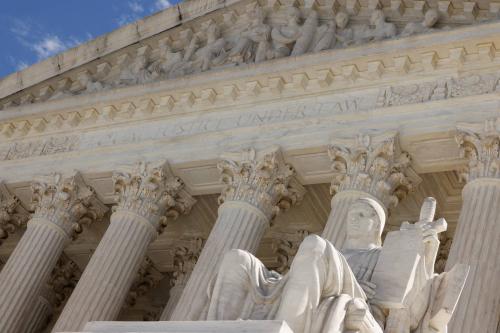During the 2000s, drug trafficking increased in Bolivia. This was in part the result of President Evo Morales’ decision to expel the United States Drug Enforcement Administration (DEA), despite initially promising cooperation between Bolivia’s law enforcement and the DEA in the first months of his government. However, the problem has also been driven by other developments. Over the last 10 years, Brazil and Argentina have emerged as robust drug consumption markets, and Bolivia in turn rose in importance as a convenient platform to supply them.
Moreover, the intensification of Colombia’s counternarcotics efforts—not simply eradication, but more critically, the buildup of Colombia’s intelligence and interdiction capacity and intense cooperation with the United States—have made Colombia a more hostile environment for drug trafficking organizations (DTOs) to operate. Thus, there has been a dispersion of traffickers from Colombia—to Venezuela and Bolivia, but also Peru and Ecuador.
Smaller, less visible, and perhaps more nimble DTOs have also arrived in Latin America from other parts of the world, such as Russia, Ukraine and Albania.
Given the continuing tensions between Morales’ government and the United States, others, such as Brazil and European countries, could become partners for Bolivia to intensify law enforcement against drug trafficking. Not because this will stop drug trafficking there, but because Bolivia does not want to end up in a position where the DTOs have enough coercive and corruption powers to undermine the state and critically disrupt communities, as has happened in Central America. After decades of scorning counternarcotics cooperation with the United States and denying that it has a drug trafficking problem, Brazil has intensified its counternarcotics law enforcement while its own organized crime, unrelated to the favela drug gangs, has grown.



Commentary
Op-edIs Drug Trafficking on the Rise in Bolivia’s Santa Cruz Region?
August 11, 2011